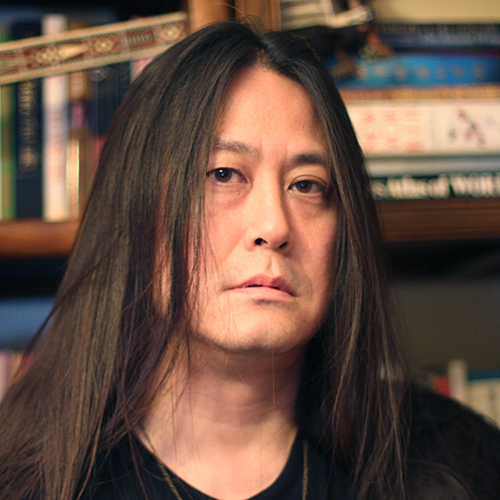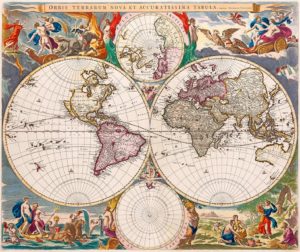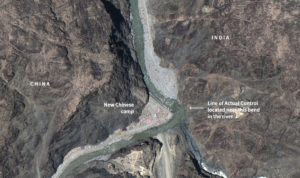Kuora: The Nanjing Massacre, where ‘all Chinese, regardless of sex or age, seemed marked out as victims’

“The Memorial Hall for the Victims of the Nanjing Massacre will start to sort out the family trees of the victims and survivors of the massacre this year to preserve the evidence for history,” Xinhua reported today. In light of that, this week’s column will look back at the six-week Nanjing Massacre that began on December 13, 1937, in a column originally posted to Quora on December 5, 2017:
What’s the real story of the 1937 Massacre of Nanjing? I know it turned out bad for China and Japan started it. Why did it get so ugly?
Generally, historians believe that the viciousness of the Japanese assault on Nanjing and the wholesale rape and slaughter that followed the collapse of Chinese defenses was because of the very tough fight that Chinese forces had put up in Shanghai, from August to December of 1937. The Japanese military was caught off guard by how hard the fighting would be in Shanghai, and even though Chiang Kai-shek eventually retreated, the battle cost the Japanese much more than they had anticipated. In The Search for Modern China, one of most critically-acclaimed books on modern Chinese history in English, Jonathan Spence explains,
…there is no obvious explanation for this grim event, nor can one be found. The Japanese soldiers, who had expected easy victory, instead had been fighting hard for months and had taken infinitely higher casualties than anticipated. They were bored, angry, frustrated, tired. The Chinese women were undefended, their menfolk powerless or absent. The war, still undeclared, had no clear-cut goal or purpose. Perhaps all Chinese, regardless of sex or age, seemed marked out as victims.
Rana Mitter’s relatively recent work China’s War with Japan, 1937–1945: The Struggle for Survival (also titled Forgotten Ally in the U.S. market) describes how Japan’s initial war plans didn’t even call for taking Nanjing. They wanted to consolidate their hold on North China instead. Chiang had deliberately widened the war with another front in the Yangtze Valley, hoping to draw in the Western powers.
Observers on the scene had explanations ranging from the U.S. Ambassador Nelson T. Johnson, who said that, in Mitter’s words, “the actions of the Japanese on the ground suggested they intended to make China a purely Japanese sphere of influence,” and quotes Johnson as saying, “I am even convinced that the actions of Japanese soldiers at Nanking…[were] partly motivated by a desire to convince the Chinese that they must not depend on white intervention.”
Mitter summarizes his belief, largely in line with Spence:
Then why did the atrocity happen? Few believe that there was a pre-planned conspiracy to massacre the population of Nanjing. What made it shocking was the violent manner in which the looting and killing took place, not its cold calculation. In fact, Nanjing was just one, albeit the most prominent, of a series of atrocities carried out by the Japanese during their invasion of eastern China. The Japanese Army was deeply angry. It had assumed that it would conquer China fast, and that the lack of resistance it had met on earlier incursions between 1931 and 1937 would be repeated. The strength of opposition, and the length of the time it took to secure Shanghai, had enraged troops who were already whipped up by propaganda about the rightness of their cause, and who had themselves been brutalized by their military training in Japan.
Mitter quotes the report of the International Military Tribunal for the Far East (IMTFE), which said that 20,000 women had been raped, 200,000 men killed on the pretext that they were ex-combatants, and 30,000 actual combatants killed. The official Chinese figure is higher, still, at 300,000 deaths.
Kuora is a weekly column.






